Brush Strokes of Tradition: The Beauty of Japanese Calligraphy

Among the most elegant forms of Japanese art is Japanese calligraphy, also referred to as shodō which translates to "the way of writing". Japanese calligraphy writing is intended to be a more beautiful version of writing than basic calligraphy strokes. These calligraphy skills are learned at an early age in Japan, beginning in elementary school. This skill is carried with most Japanese people, with many choosing to continue practicing this form of Japanese handwriting into their adult years as a hobby.
With multiple calligraphy styles available, it takes most people years to learn the proper method for creating Japanese calligraphy. Below, we delve into this famous Japanese style of writing, from its history to the various styles and techniques required to create written art.
A Brief History of Japanese Calligraphy
The Japanese language is divided into three systems—kanji, hiragana, and katakana (more on this below)—each with its own origin story. The first language system in Japan was kanji, which was derived from Chinese characters. This system was introduced around the 5th century CE, when there was no established method of writing words in the Japanese language.

Because of this, Chinese written words were adopted into the Japanese language for use in circumstances such as written correspondence and religious texts. From this, a new system emerged, man'yogana, which consisted of using Chinese characters as a method for writing down Japanese words. During this period, many calligraphy works were created using man'yogana, which still exist today.
From man'yogana, hiragana and katakana developed, each from a different group of people. Hiragana was inspired by the beautiful cursive script created by the imperial women at the time. In contrast, katakana was developed by Buddhist monks, who required a new method for copying religious texts that was simpler than the complicated Chinese characters previously used.

Japanese calligraphy evolved through the years, with new styles and types of calligraphy developing throughout Japan's history. In the art world, modern calligraphy has emerged, which allows artists be more creative and playful with brush pens. Depending on the artist, you may see random glyphs (known as faux calligraphy) with no meanings. Other artists use real a combination of Japanese word/character markings to create their pieces.
A Look into Japanese Calligraphy Styles
There are three primary styles of Japanese calligraphy: kaisho, gyosho, and sosho. Each calligraphy style is more complex and requires more practice than the one before. The first style, kaisho, is known as block hand lettering. It is the most basic form of Japanese handwriting since it includes easy-to-draw block letters. Because of its ease, this style of writing is typically taught to and learned by beginners.

After becoming an expert at kaisho, those interested in calligraphy writing will learn gyosho. This style is a combination of kaisho and sosho (cursive script), also known as semi-cursive. This is typically a stepping stone for learning sosho, the most difficult form of Japanese calligraphy. Once you reach the level of sosho, it will take years or even decades to master this style. Some say it takes your entire life to master. However, for some, it only takes about 5-10 years or about 10,000 hours. It is dependent on whether you are a casual calligraphy learner or are fully dedicated to this art style.
Utilizing Japanese Writing Systems
Unlike in the US, Japanese calligraphy uses writing systems instead of an alphabet. These systems are divided into kanji, hiragana, and katakana. However, hiragana and katakana are quite similar, making them easier to learn. Essentially, hiragana and katakana are a set of 46 sounds that are used to create words, phrases, and sentences. Hiragana is the base writing system, so it's often the first system learned for calligraphy/writing in general. Katakana uses the same sounds as hiragana, but it is more frequently used for words and names outside of the Japanese language.
Kanji - the more complicated system and often trickier to learn - are symbols that typically replace a word or idea. Many kanji come from Chinese characters and are used to represent nouns, adjectives, and the base form of verbs. As a note, kanji has predetermined meanings, yet there may be different ways to pronounce each kanji, which can lead to confusion. There are over 6,000 kanji in the Japanese language, so it is common for Japanese people not to have learned every kanji. Because of this, hiragana and katakana are often used to describe what a kanji means, such as on a restaurant's menu.
Japanese Handwriting: Techniques of Japanese Calligraphy
Before diving into the techniques of Japanese calligraphy writing, it's essential to understand the tools required. There are typically four necessary tools with this Japanese art form: a brush, ink, washi paper (a durable form of paper), and an inkstone. While using a brush pen for Japanese calligraphy is common, other types of pens can be used, including a dip pen, parallel pen, or pointed pen to form letters.

Once these tools are available, it's time to focus on the techniques, which are basic strokes to which one can add their own personality/style. To start, the method of holding the pen is quite important. Multiple methods are available, including the tankoho and sokoho. The first consists of using only three fingers to craft letters: the thumb, pointer, and middle finger. The second method also includes the ring finger.
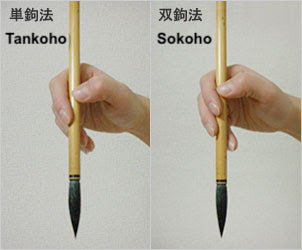
The next technique worth mentioning is the selection of paper for use in writing Japanese calligraphy. Multiple varieties are available, ranging in color, thickness, and pattern. In general, those practicing shodō will use white paper. However, it is ultimately up to the calligrapher to decide which type of paper works best for their practice.
Finally, there are eight basic brush strokes in kanji that must be practiced regularly. These strokes are known as eijihappo or "Eight Principles of Yong" in English, should be mastered before moving on to more complicated characters in kanji. Other techniques to note include creating horizontal strokes first and writing from left to right, beginning at the top of the page and working downward.

Japanese Calligraphy Writing + Its Ties to Japanese Culture
This form of Japanese writing has been in use for centuries since it was first derived from Chinese characters. Many classic literature titles were crafted with Japanese calligraphy, making it essential for students to learn and understand calligraphy during their studies so as to better comprehend the material. It was also essential for learning about the Buddhist religion, including their beliefs and teachings. Additionally, calligraphy was used as a method for creating mental discipline in students and adults alike.
Now, this traditional form of writing is embedded in Japanese culture, as it continues to be taught to schoolchildren and adults. It is even interwoven with certain holidays, such as New Year's when those celebrating use calligraphy to note their hopes and goals for the upcoming year.
Add Tradition to Your Life with a Japan Crate Subscription
Perhaps you are not near a location that offers the opportunity to dive into Japanese calligraphy with a brush pen as you learn the art of Japanese hand lettering. If that's the case, you can satisfy your need to understand and learn more about Japanese culture through a Japan Crate subscription.
Japan Crate includes traditional snacks alongside more modern sweet and savory offerings, such as Japanese Kit Kats. With 15-17 treats delivered each month according to a theme based on events, holidays, and various areas of Japanese culture, you can simultaneously snack while learning more about Japan. Subscribe to Japan Crate now to receive a monthly snack subscription worth exploring!
Author Bio


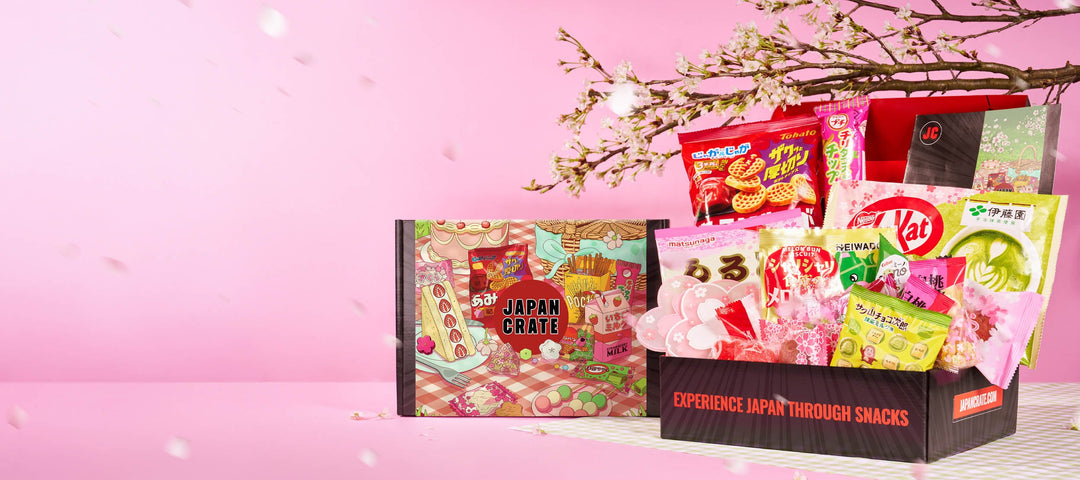
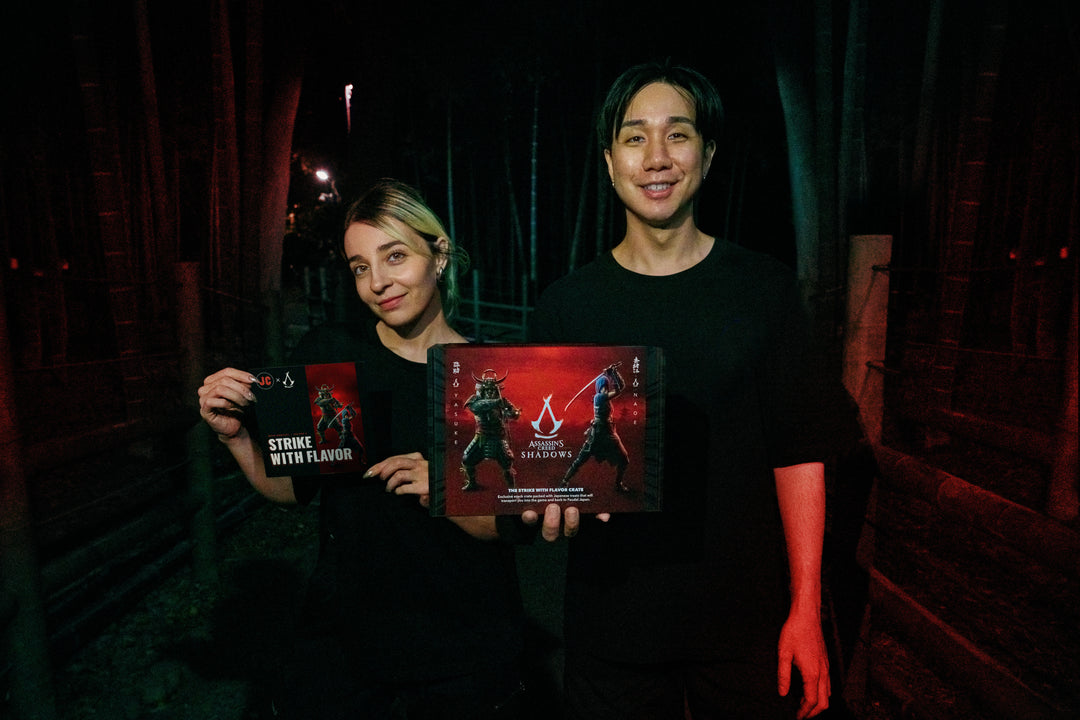
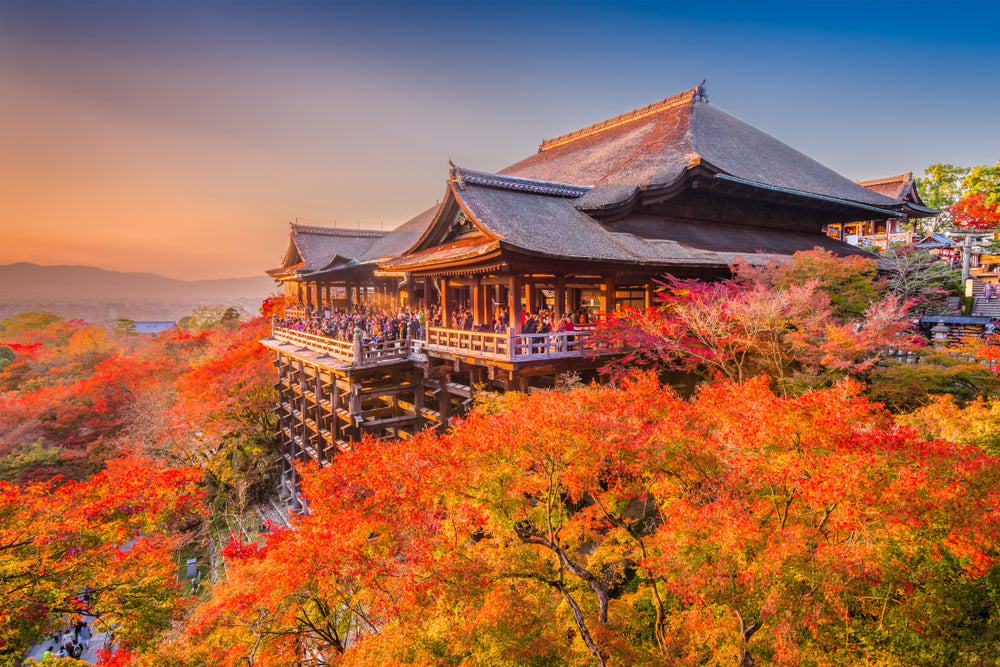
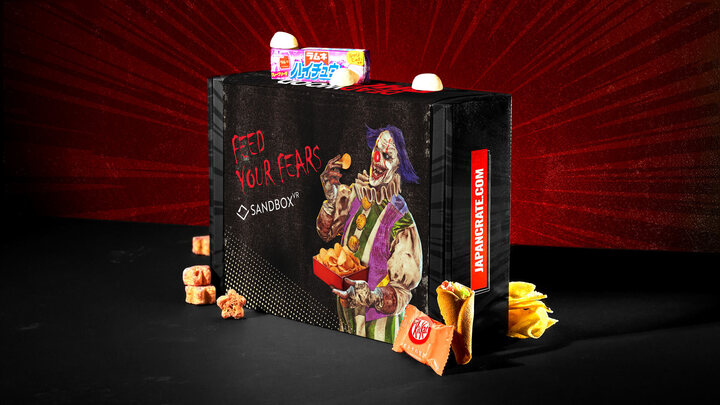
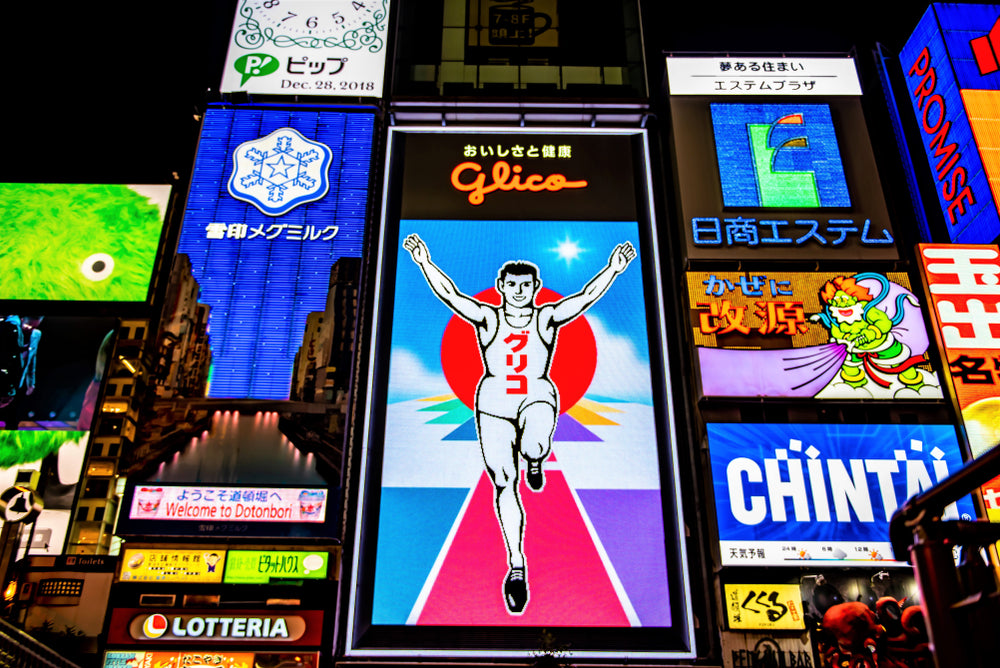
Leave a comment